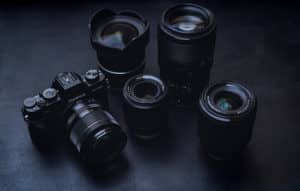How to tell stories through photography.
September 28th, 2021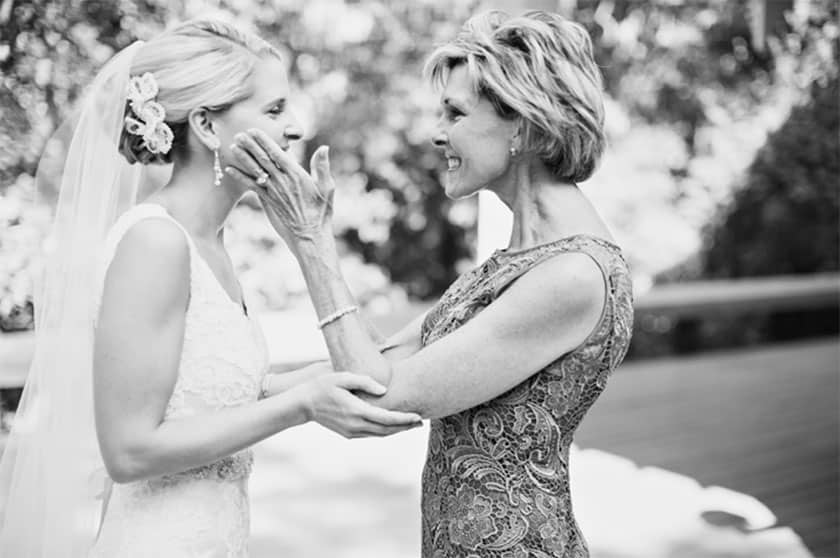
As photographers, we get to capture some pretty stinkin’ cool stuff, ya know? We’re talking the biggest moments in life: proposals, weddings, births, the first foggy moments of life with a new baby in the home…
These tremendous moments are the very pillars of a person’s life, and it’s up to us as photographers to ensure that we capture them in a way that tells the beautiful story unfolding before our eyes.
So how do we do it? How do we show up under all this pressure, and create – not just images – but storytelling images that will tell and retell the story for future generations? Is the ability to do this simply a skill that you either have or don’t have? I think not. I think, more likely, it is a series of actions and choices that equate to somewhat of a formula that we can use as we approach any story. Let’s take a look at a few photojournalism tips that can be applied to maximize your storytelling skills.
1. Prepare
I know you’re a photographer, but do me a favor and put your camera down for a bit, and put on your detective hat. A huge part of creating storytelling images happens before you ever pick up your camera, and it does involve some administrative work.
Your images need to have a “why” behind them in order for them to be true storytelling images, and in order to secure that “why”, you need to do your research. Do this by emailing your client a questionnaire, and figuring out context details well in advance. The examples here are geared toward weddings, but the same practices are just as important for other genres, from lifestyle family portraiture to branding sessions.
From these questions, you’ll compile a shot list and a timeline. Here are a few examples of questions you might ask:
- What are your favorite hobbies to enjoy together?
- Where did he ask you to marry him?
- Is there any family tradition you will be honoring in your ceremony? Who/How many are in your bridal party?
This “behind the scenes” scoop of information will give you some practical awareness, confidence, and the emotional intelligence that you need to guide and direct you as you make important choices for story execution.

Questionnaire done? Great, now get on creating with a detailed (I’m talking down to the minute) timeline and shot list for that wedding. You absolutely need to give yourself adequate time to cover each and every angle. Simply stated, if you don’t take control of the time you have, you may squander it and miss opportunities. With other genres, you can be a bit more loose – but planning out the client’s most wanted images is definitely worth the time in advance!
Here’s an example of taking the information from your questionnaire and implementing it in your timeline:
- 2:00 pm: Arrive at The Sutherland Estate; drop reception lighting off in the Pavilion
- 2:10 pm: Capture bridal details – dress, shoes, bride’s grandmother’s pearl earrings
- 2:30 pm: Bride getting in her dress/first look with the Father of Bride
- 2:40 pm: Bride/Groom First look on the Terrace – be sure to capture their prayer together
- 3:00 pm: Bridal Party pictures in the garden – Girls, Guys, Blended, formal and informal
- 3:45 pm: Details/flat lays – Ring shots, hand stitched hanky, roses from Granny’s garden
- 4:00 pm: Ceremony – unity candle, special prayer, song just before the kiss
It’s crazy specific down to minute, content, personnel and location, because there are a million things – requests, distractions, unexpected changes – that have the potential to rob us of what we intend to do otherwise.
Your last piece of prep-work involves taking inventory of the lenses you have, and making sure you have all that you need for the event to cover every angle and perspective. With weddings, this means you’ll be shooting everything from portraits to scene setters to action-packed moments that you cannot miss. It is important you set yourself up for success, here, so be thorough, and rent gear if needed:
- A portrait lens (Zeiss 55mm f/1.8 is my jam for portraits and candids.)
- A wide lens (can’t go without the 35mm f/1.4 for scene setters, context shots, and action.)
- A telephoto lens (70-200mm f/2.8 is brilliant for moments you capture from a distance where the tighter the shot, the more you feel the image.)
- A second camera (if you will be the only photographer, this makes swapping back and forth between lenses way faster, and you have essentially a “spare” in case something disastrous happens to one camera body.)
We photographers don’t all love prep-work, but if you do it well, you’ll avoid scrambling or missing out on an important moment. It’s an easy enough problem to avoid, so put in the effort before you ever start shooting, and arrive prepared to tell your client’s story beautifully with images!
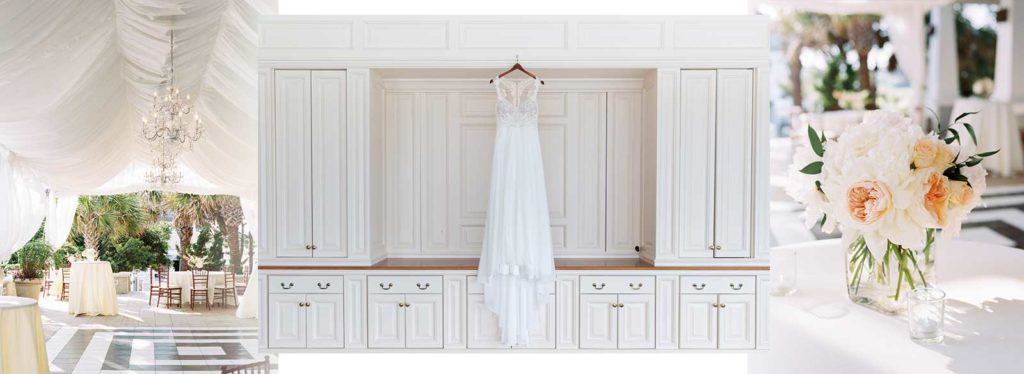
2. Execute
And now, it’s Go Time – show up a bit early and be ready to shoot. I’ve broken down your “Execute” items into four categories. Let’s take a look at those things that you don’t want to miss…
Details
Details are so important when telling a story in a photojournalistic style. They are carefully selected, and they help make a story especially unique. In a wedding, arguably everything is a detail. Was it carefully chosen and paid for? Yep, detail. Is there meaning behind it? Yep, detail. There are some details that you’ll see over and over again, from wedding to wedding, though you may change how you shoot them – rings, invitation suite, flowers, the dress and other bridal outfit details, signature cocktails, the cake… to name a few. The questionnaire you sent in advance should fill in any gaps and let you know if there’s any other unique detail you need to jot down to ensure you cover.
Portraits
Sounds like a given that portraits should be included in any collection of storytelling photographs, but surprisingly enough, in photojournalism, portraits are often overlooked in favor of action images. In truth, even brilliant action images fall flat when your characters are “under-developed”.
It’s important to remember that your subject is obviously a crucial piece of the story you’re telling, so capturing a formal snap in time that adequately portrays who they are is one of the most powerful things you can do.
So, who are the main subjects in your story? How can you best capture them, aside from candid moments? When it comes to weddings, I tend to think the bride, groom, bridesmaids, groomsmen, and immediate family of the bride and groom are worth capturing, if not alone, then definitely with the bride and groom. Any other major characters should be revealed and noted from the questionnaire.
Finally, though formal images aren’t always a photog’s fav, don’t skip the “look at me and smile” ones, and always leave plenty of time and space for natural (minimally directed and posed) candid portraits. Not your strong suit? Don’t stress, just head over to read our posing tips next!
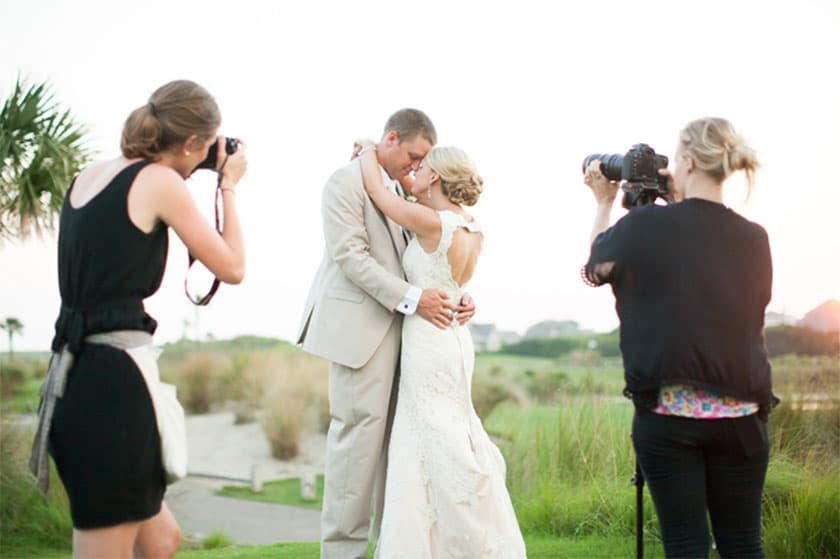
Action/Moments
These are the moments we get excited about – the big ones that connect the moments in any story. In a wedding, they’re the first look, the bride walking down the aisle, the kiss, the first dances, cake cutting, the exit, and a million other unique things that unfold without your direction.
The best way to approach the action? Think a step or two ahead at all times, and anticipate what’s next. One of my Photojournalism professors used to, quite literally, walk around with a point and shoot camera set to f/8. His reasoning was this: If something worth capturing unfolds quickly in front of him, he’s already a step ahead with a camera set to an aperture that won’t miss the focus. He was anticipating and planning ahead, and because of that, he nailed some incredible shots for the newspaper he covered for decades.
So, when you’re telling a story, F/8 and be there, y’all. In theory, of course, because the actual f/8 aperture is definitely not ideal all the time! Don’t be caught off guard changing your memory card out when the Officiant says, “You may now kiss your bride”. Don’t wind up trying to figure out your reception lighting as the first dances are starting. Don’t find yourself scrambling to change a lens while they’re cutting the cake. Anticipate what’s next. Reference your timeline frequently. And be ready with your settings to nail that money shot before it ever happens.
Context
We don’t often think about how much a solid context brings to the table in a story. Imagine watching the TV show Friends, and having the whole thing take place in an apartment, or in vague places that weren’t specific to one location. What if we never saw the busy streets of New York City as a scene opened, or never laid eyes on the “Central Perk” coffee house? I don’t know about you, but for me, part of what makes the Friends series perfect (because it definitely is) is knowing their context: six best friends doing life together in a generalized location isn’t quite the same as six best friends doing life together in Manhattan. So, the writers and producers provide context shots frequently throughout each show: busy subway stations, vertical pans of high rise apartments, busy streets and hustle and bustle. Nope, these aren’t pivotal shots for the character development, but they are a crucial part of setting the scene where they ultimately develop.
Likewise, when you’re shooting images with storytelling in mind, context shots are imperative. Think: time, place, weather, what’s happening. In a wedding, these may be – a sunset picture over a beautiful country club golf course, a lighthouse, a super wide shot of the wedding ceremony as it takes place under Spanish Moss covered trees. These are scene setters, and these are crucial parts of telling the story well.
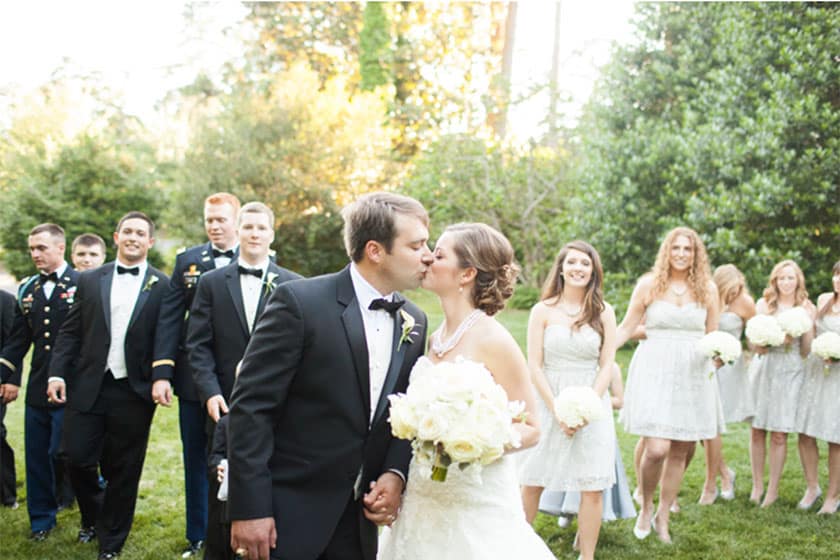
3. Improvise
As is the nature of any story, plot twists and turns happen. But that doesn’t matter, you’re still expected to nail the shots you need to nail. How? You must improvise!
When possible, manipulate your subject and your scenario to set yourself up for the maximum amount of success. Maybe this means you chime in and say, “Let’s pick a new spot; the light is gorgeous over here!” when someone suggests a less than ideal location for the First Look. Maybe it means instead of taking that photograph of the bride’s Jimmy Choo’s on a beautiful floral chair that sits in the darkest corner, you move the chair into some natural window light, and then do it. You improvise to maximize your chance for success, and never settle for the hand you’re dealt if it’s anything less than you expected. Listen, I once took an invitation suite home to do the flat lay in better light than what I was working with on the wedding day (because things ran behind and we ran out of daylight), and no one ever knew. The situation I was working with was less than ideal, so I improvised.
You have to think on your toes. Most of the time light or weather will be the culprits that try to derail things, so always have a plan, but be flexible, and always have a backup plan. Pro tip: never let your subject see you sweat. If you feel good about forecasted rain on the wedding day, they will, too.
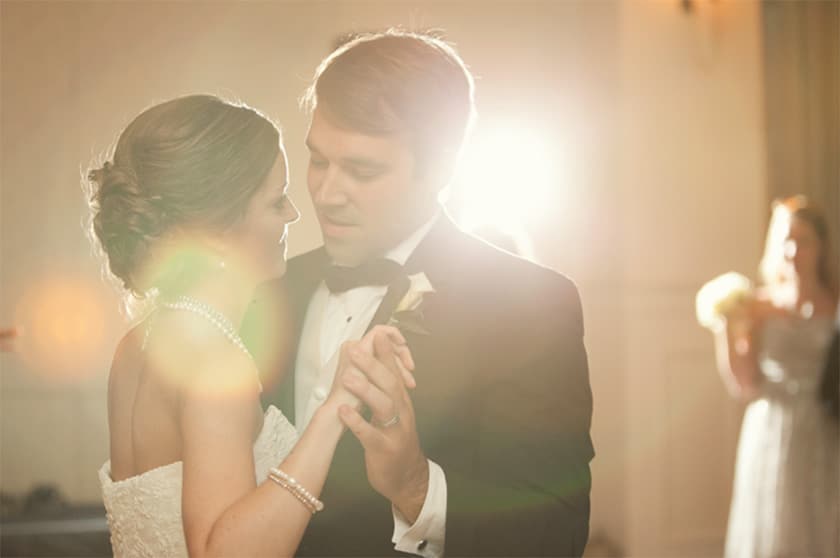
Beginning, Middle, End.
When the day is done and the story has reached its end, and you’re culling your images and in your post processing… this is where it all comes together and turns to magic.
From your hard work, you should compile a photo gallery that has a beautiful layout of images that makes a beginning, a middle, and an end. You should have a subject that comes to life, well developed characters, and plenty of context clues and scene setters painted around them.
When you put it all together, the gallery you share will be a beautiful retelling of a special day or moment in your client’s life, with unique, meaningful images that someone will treasure for a lifetime.


